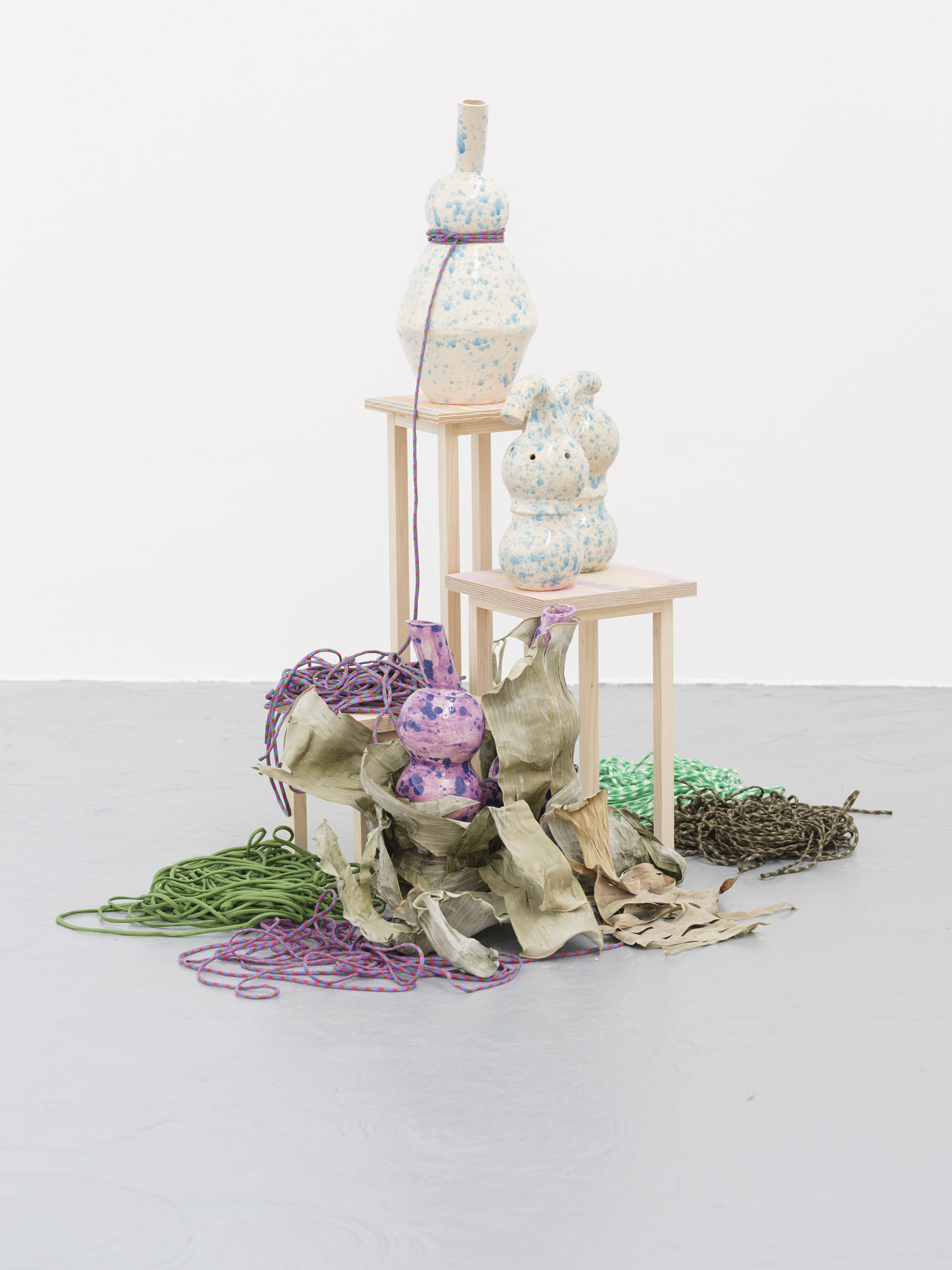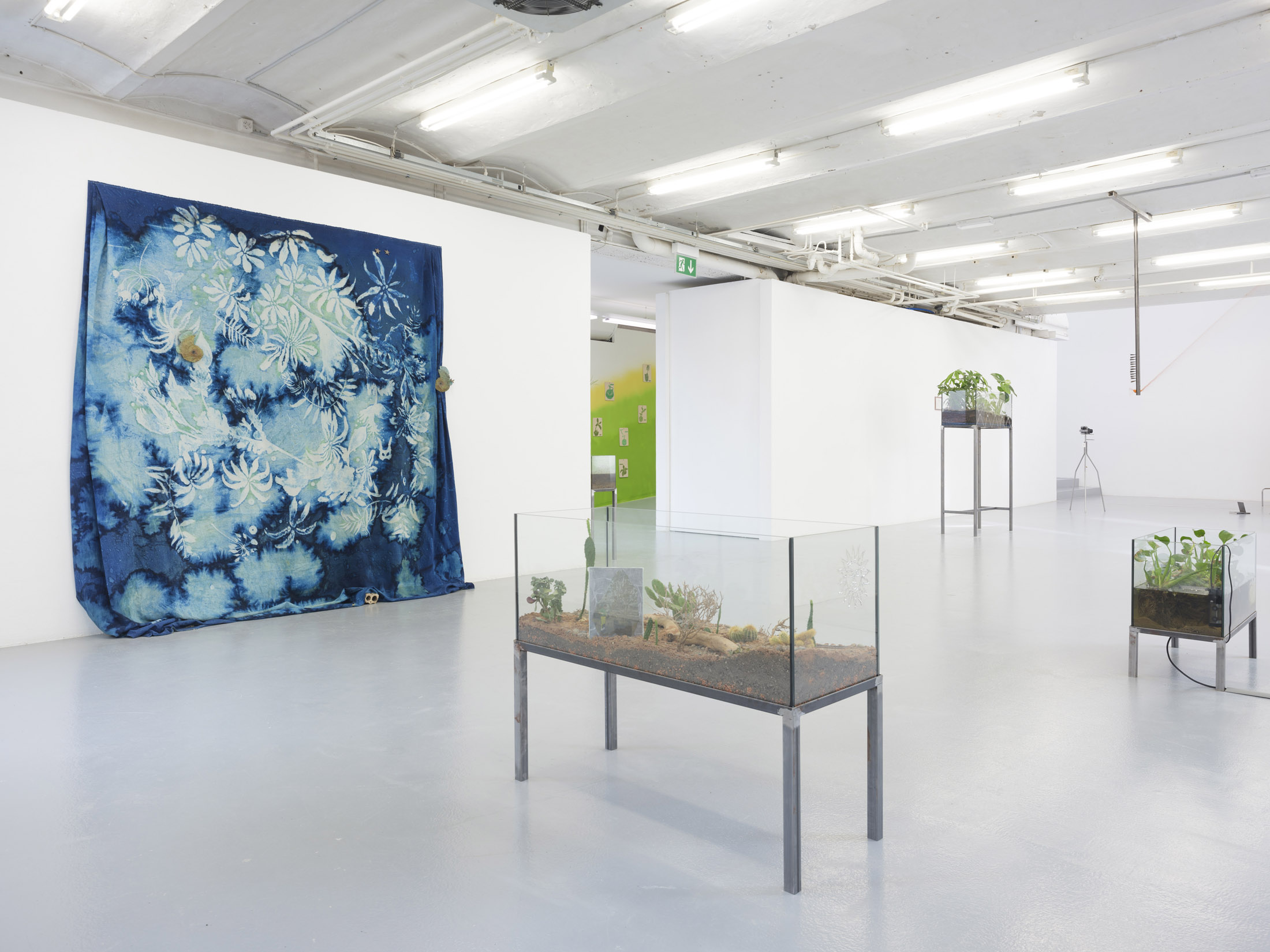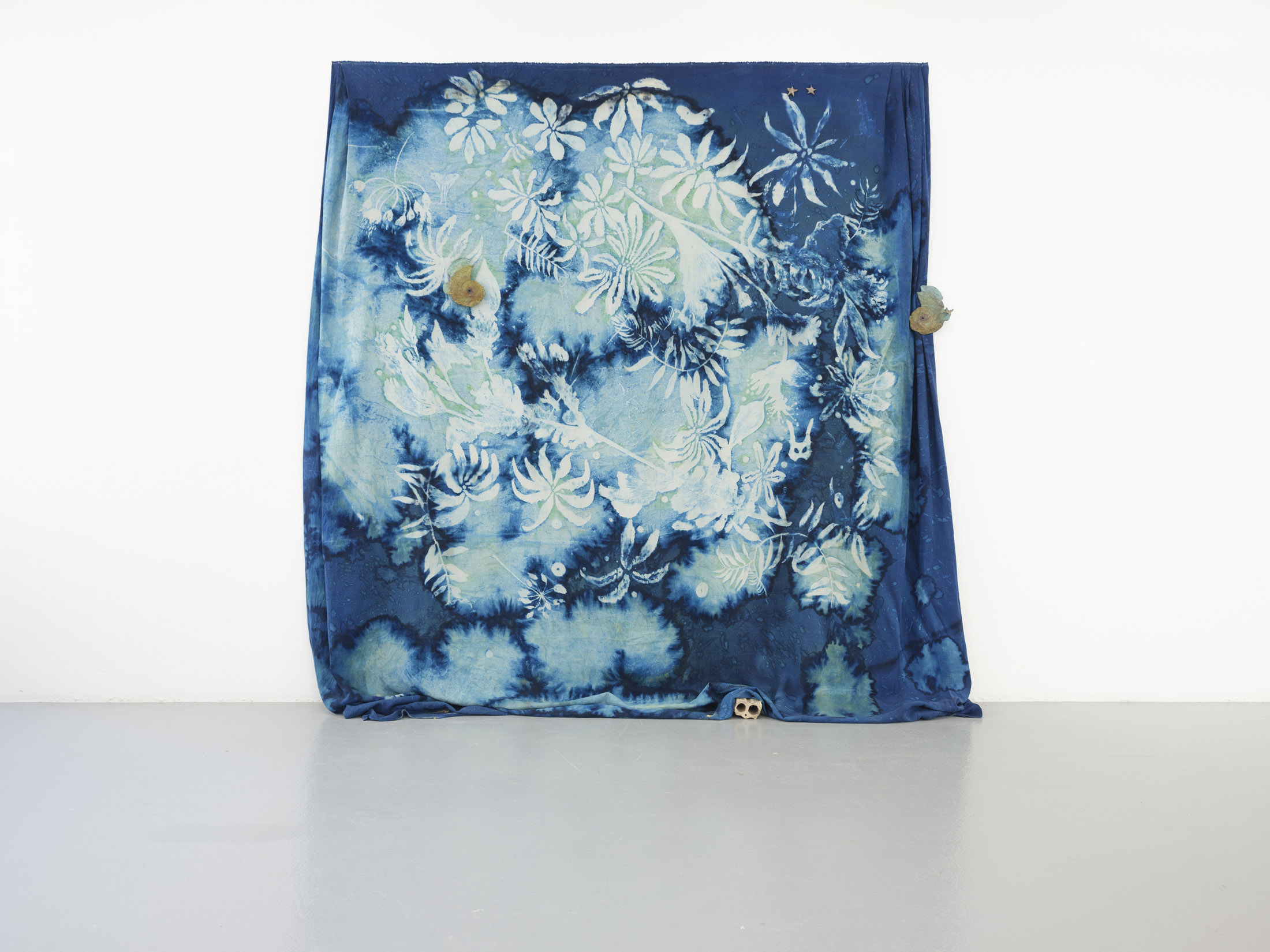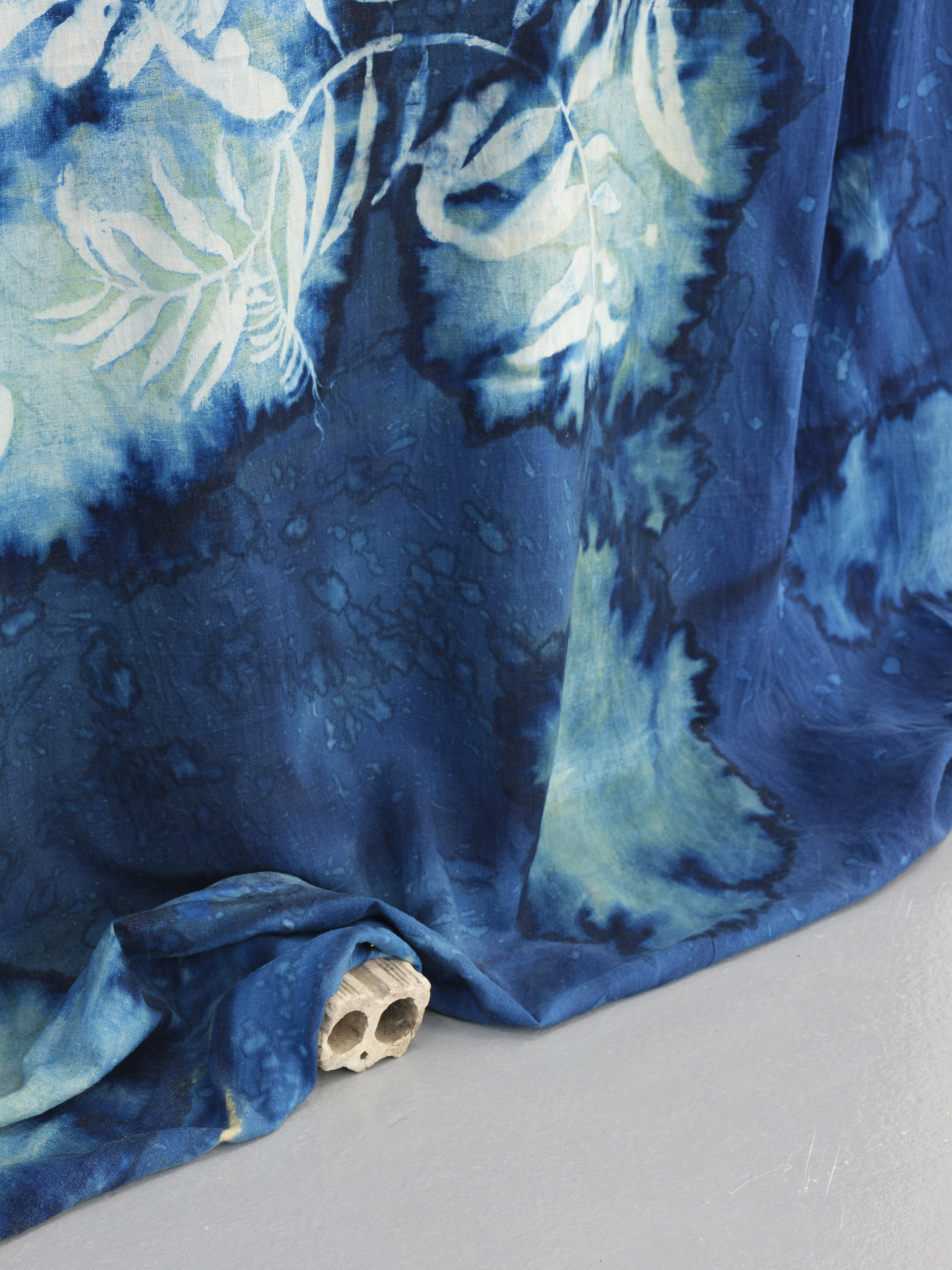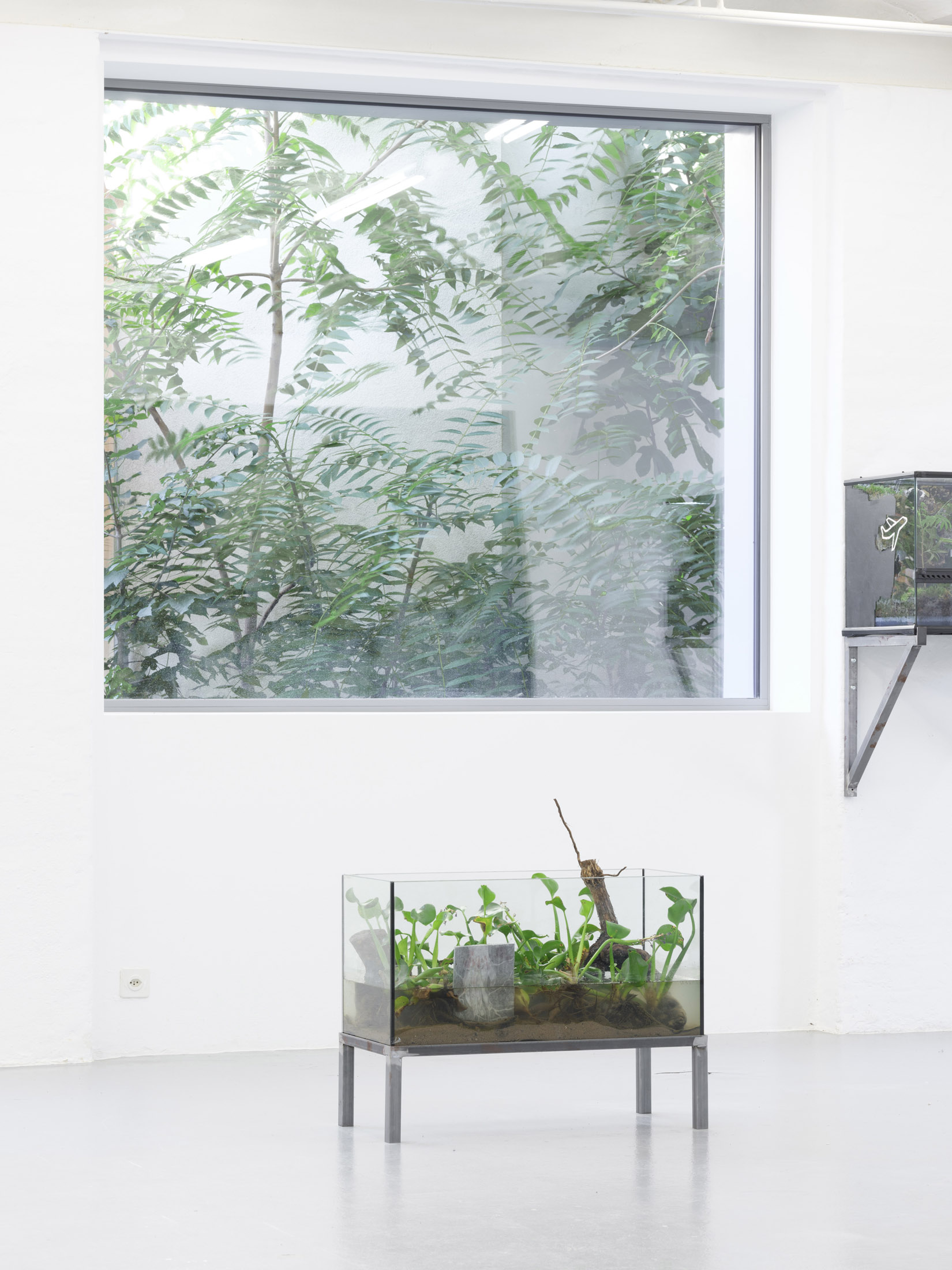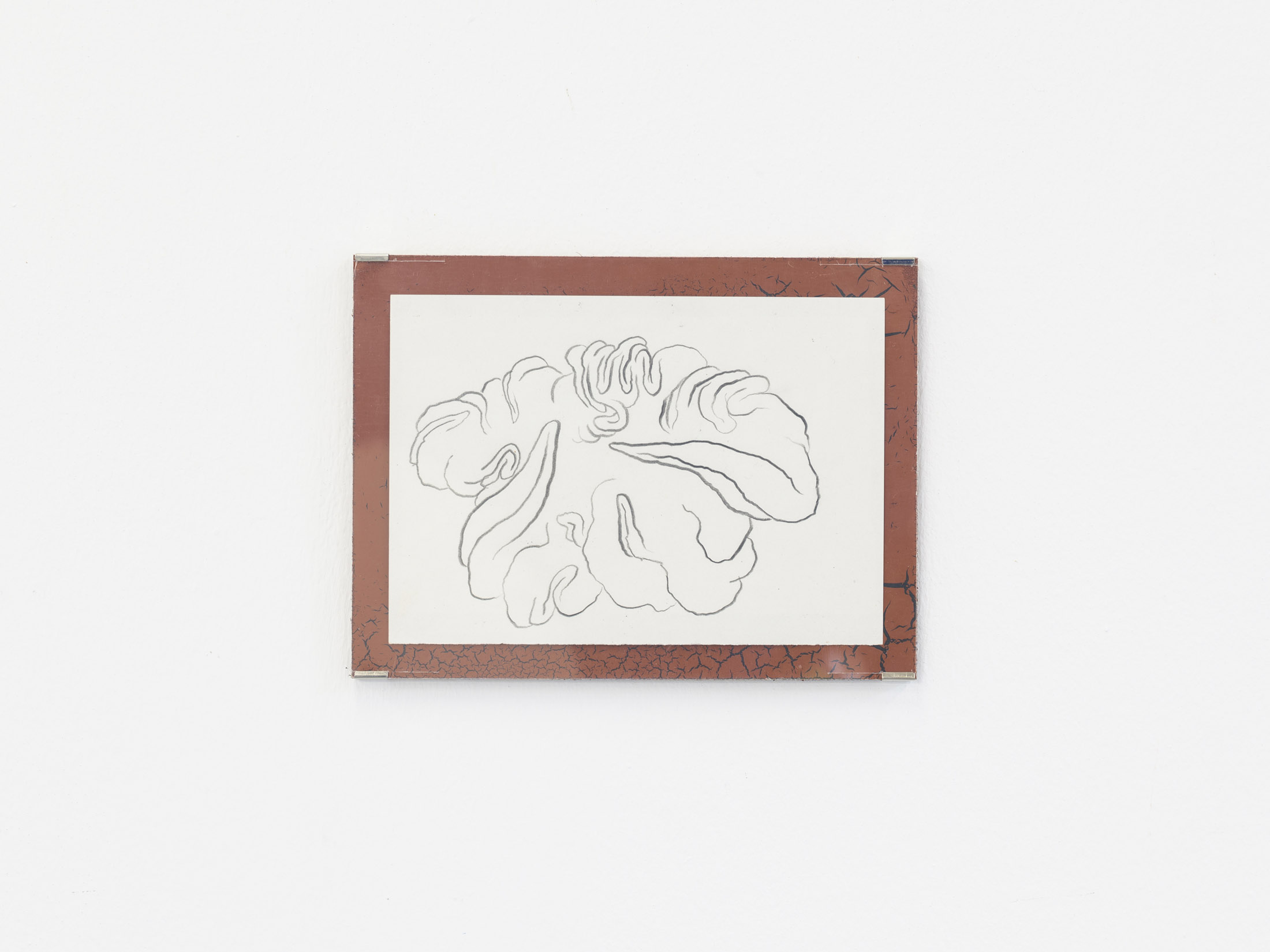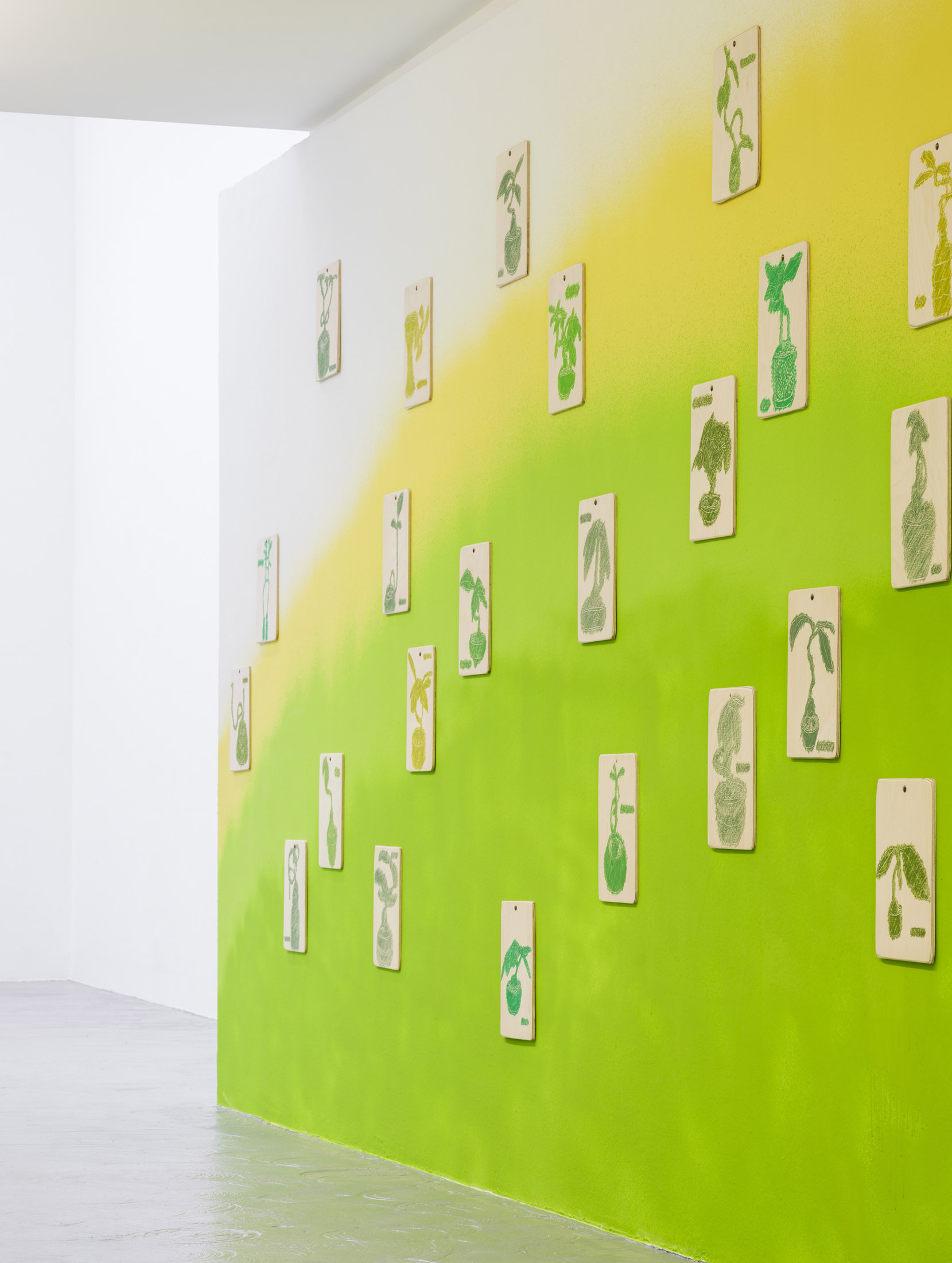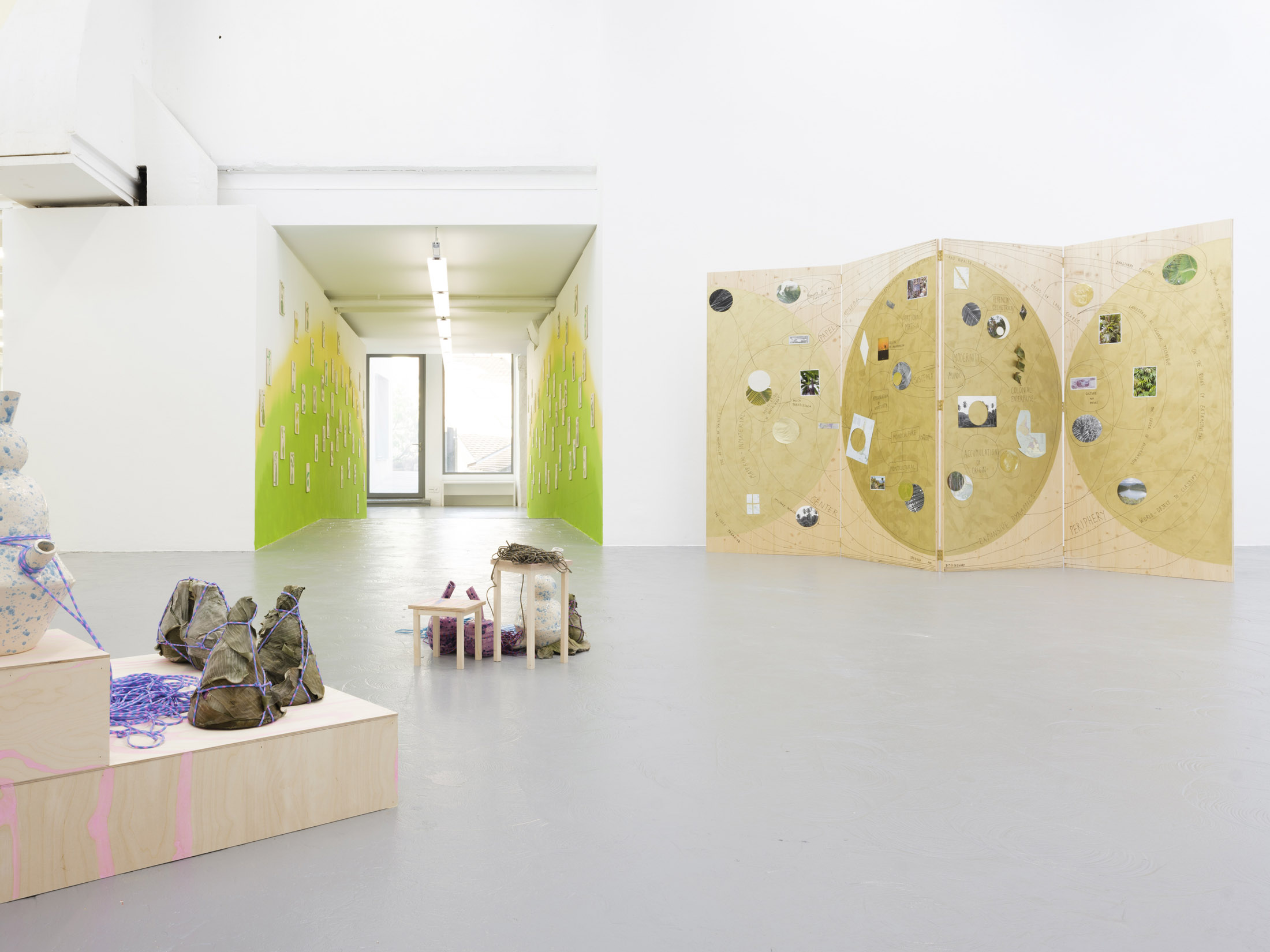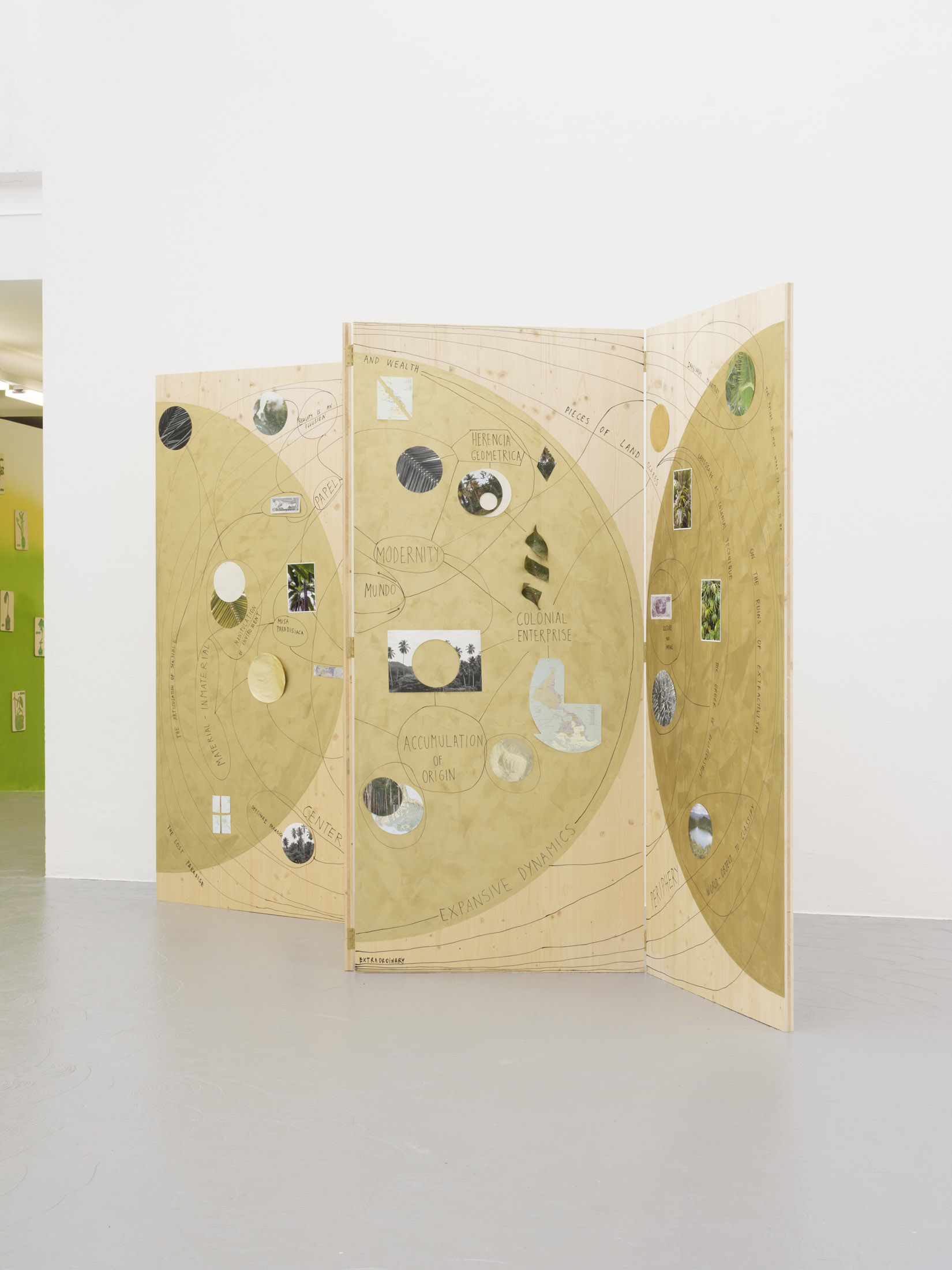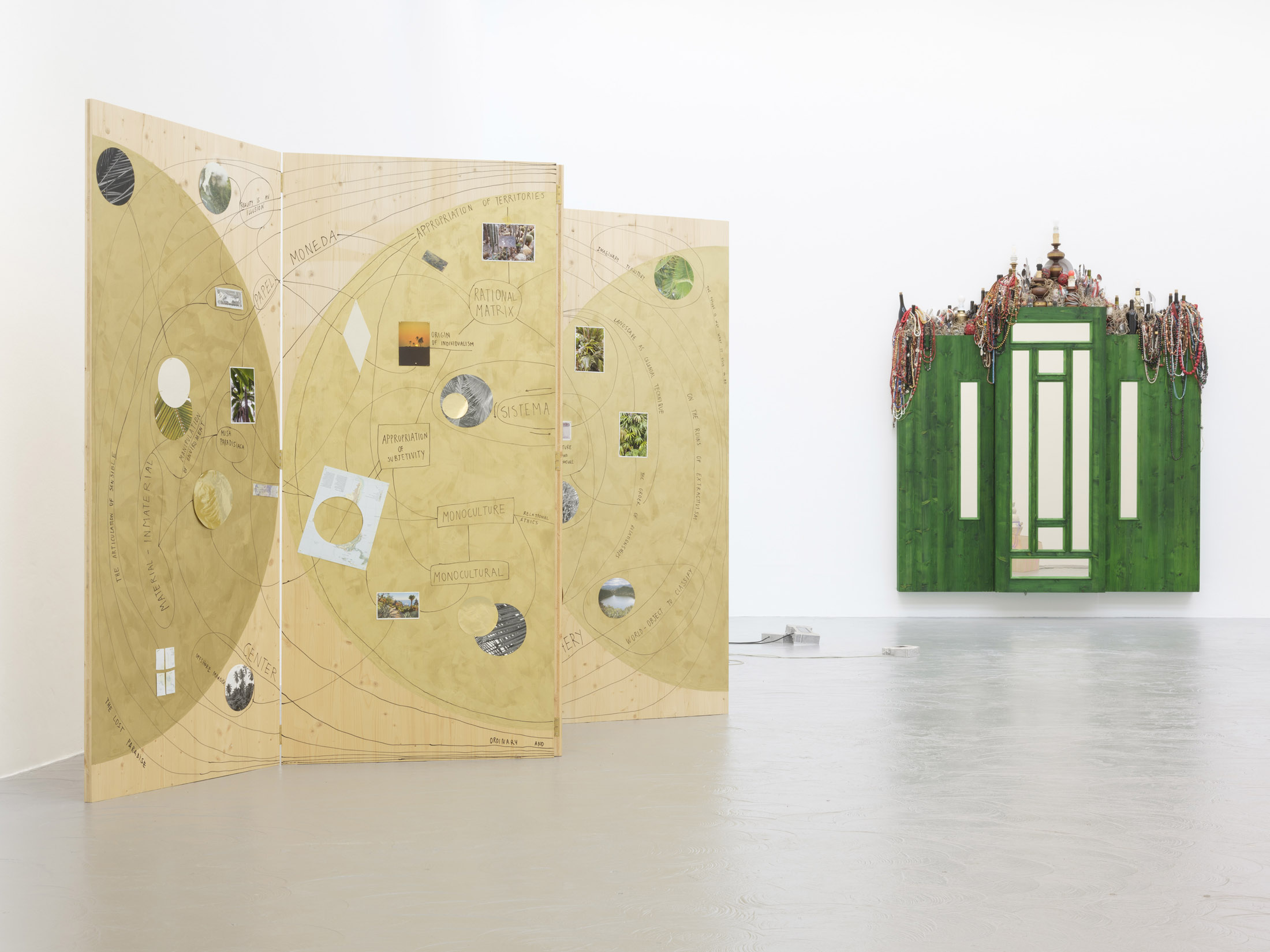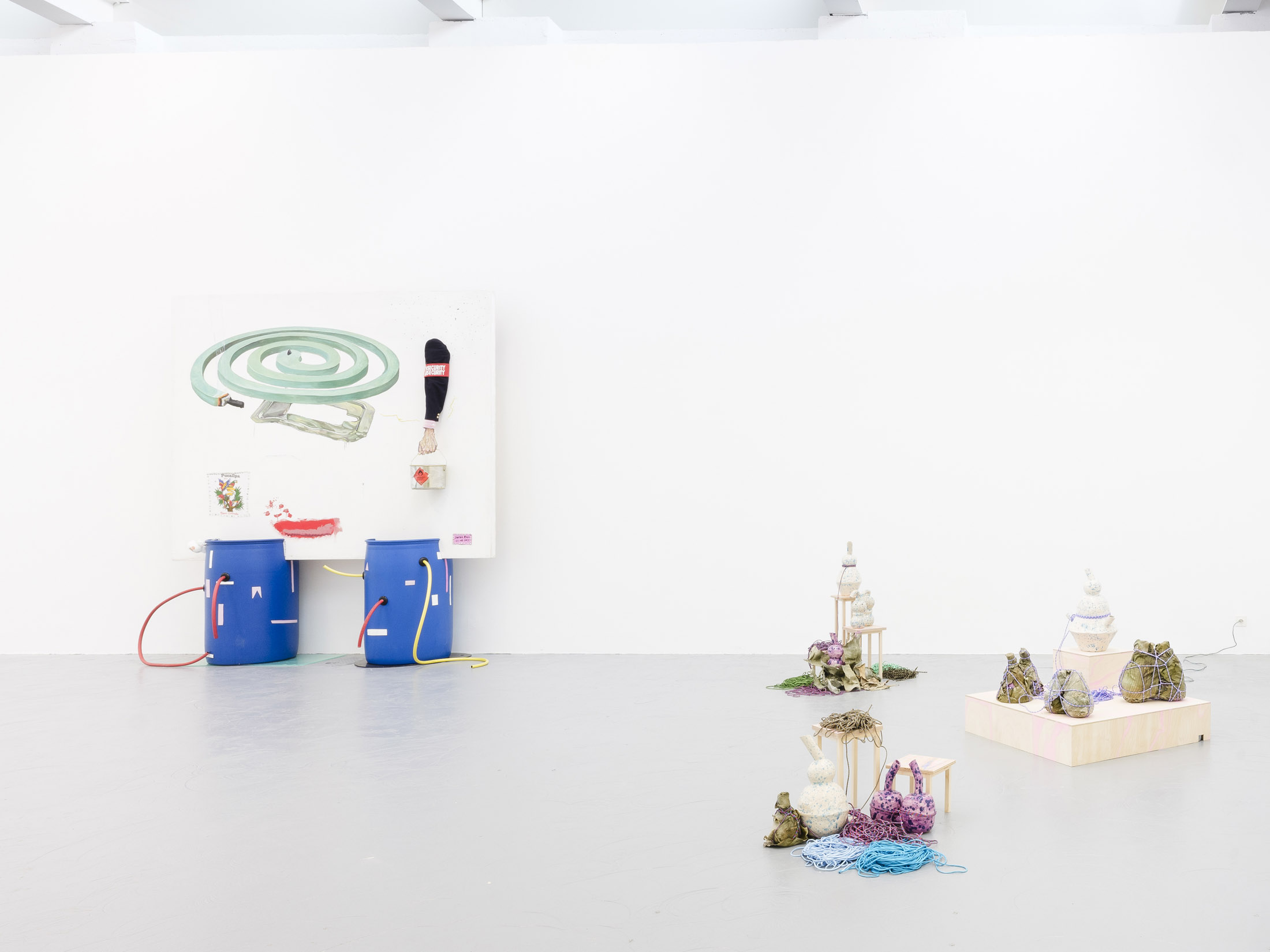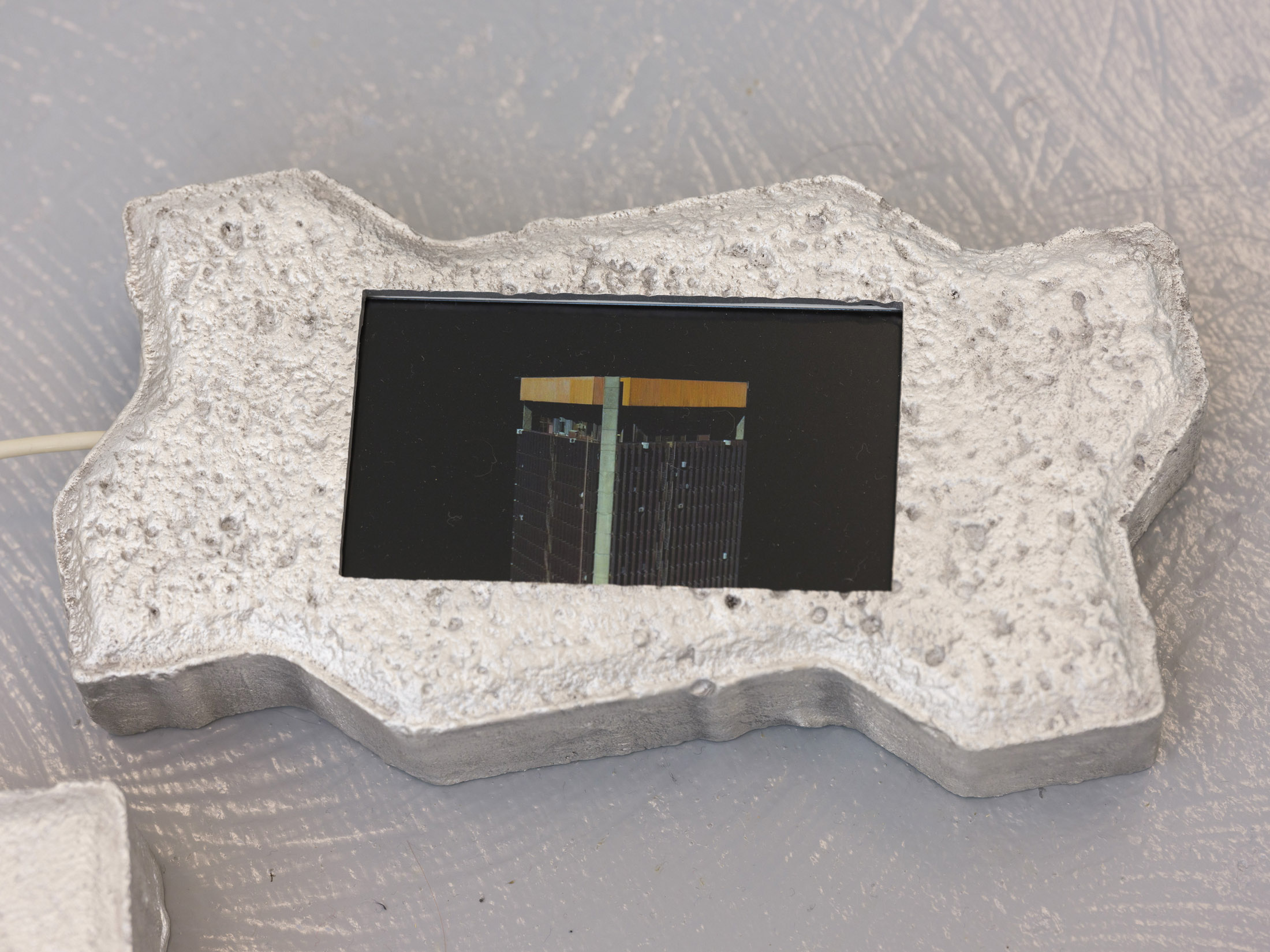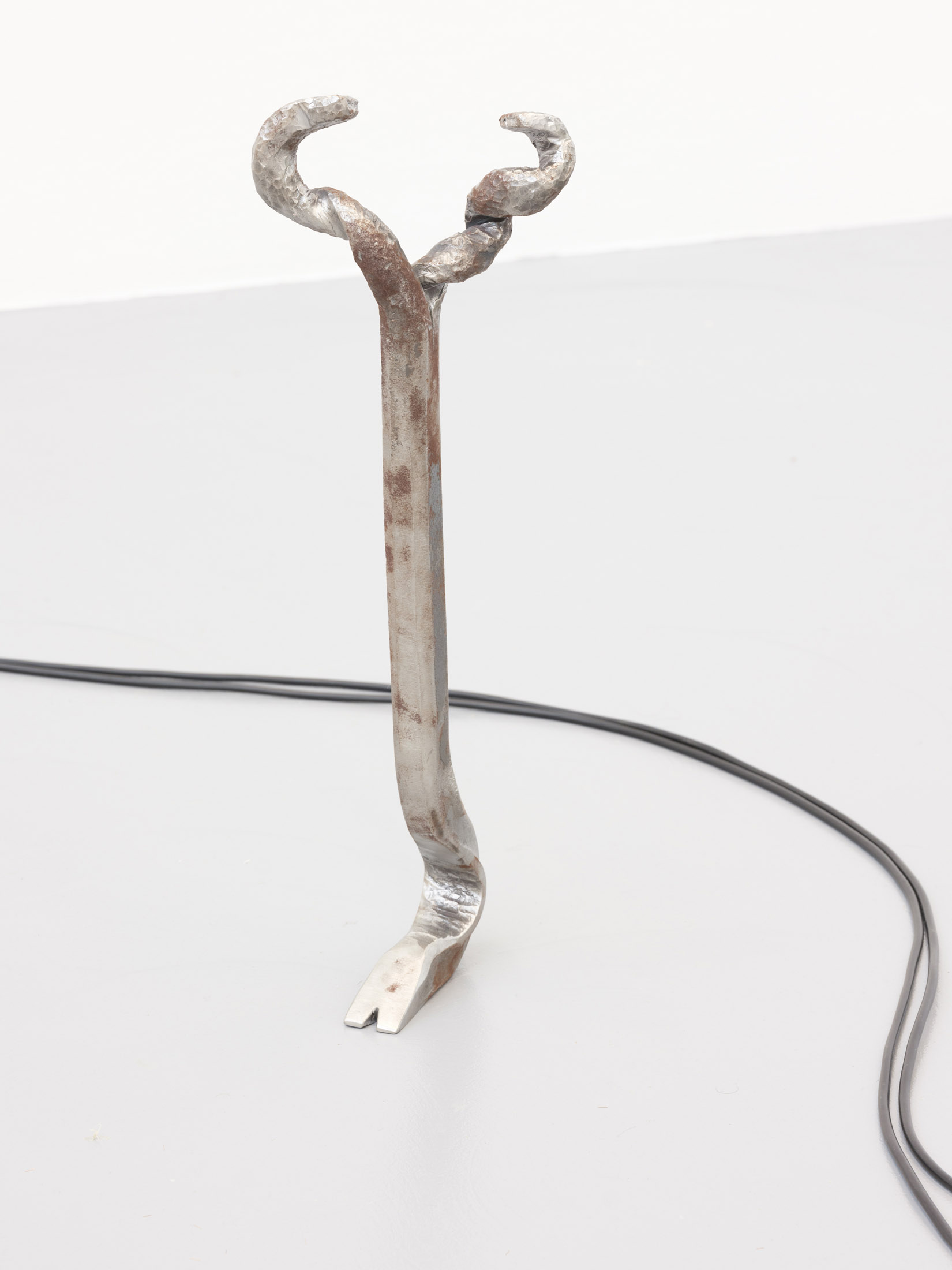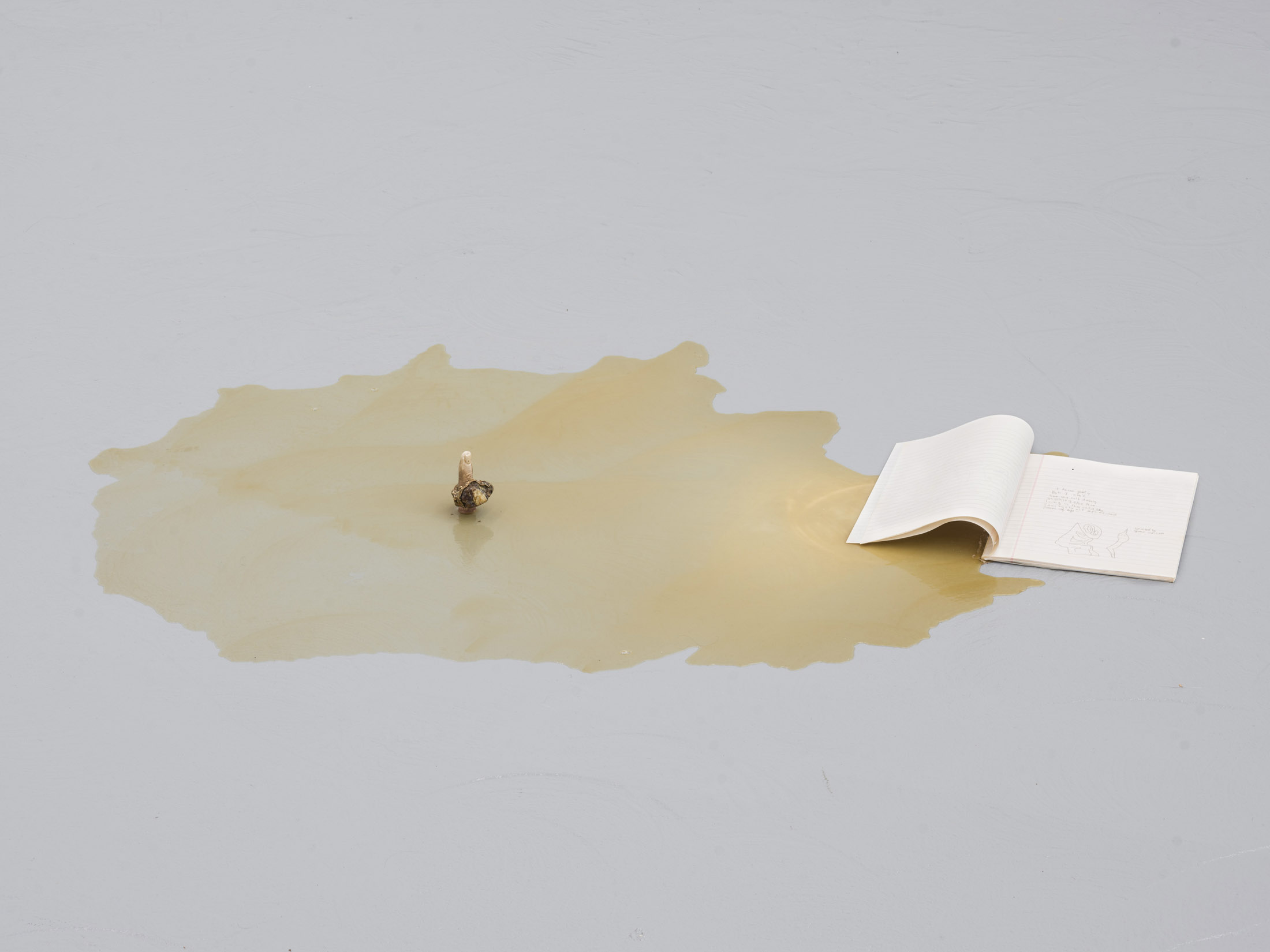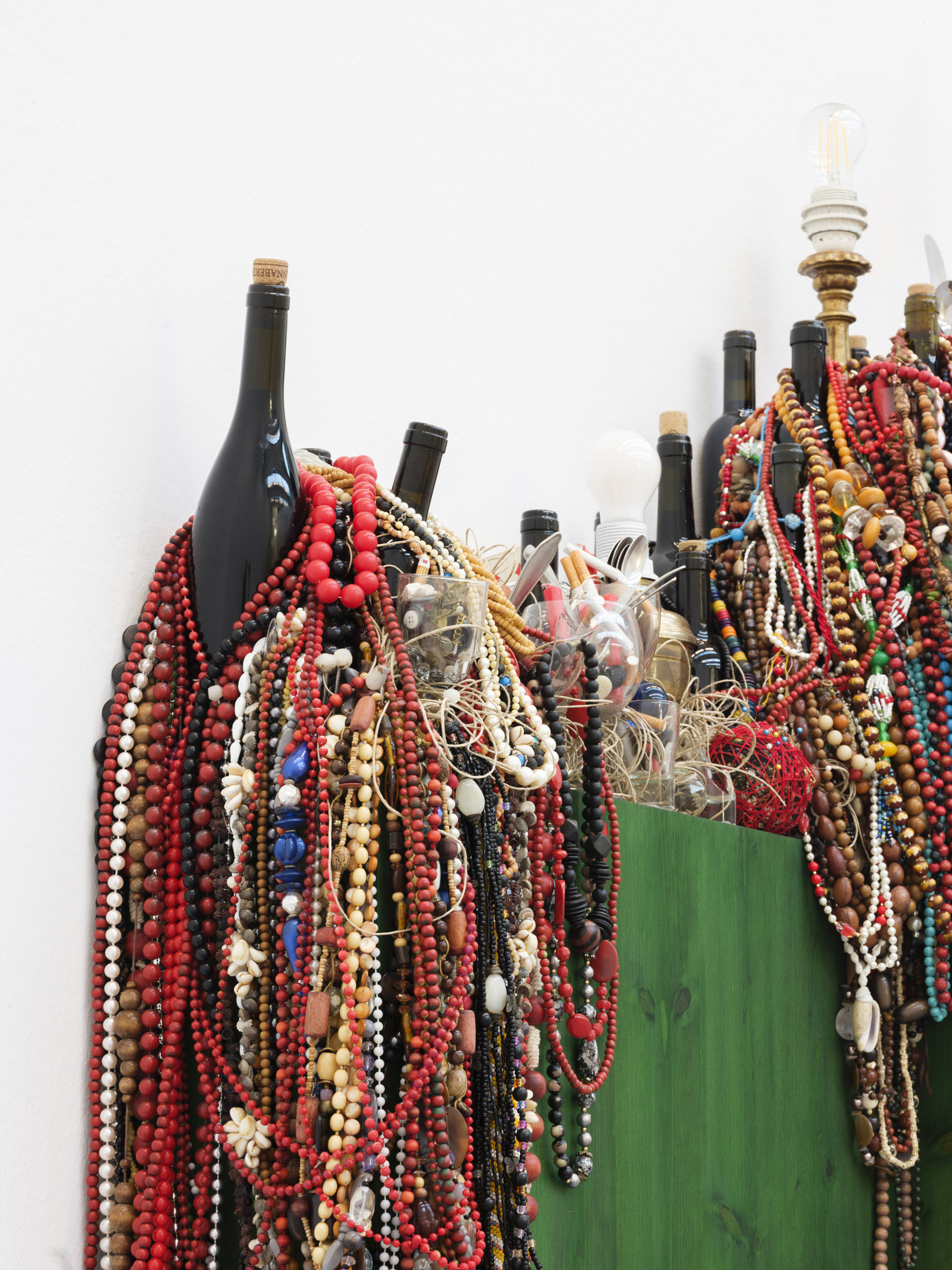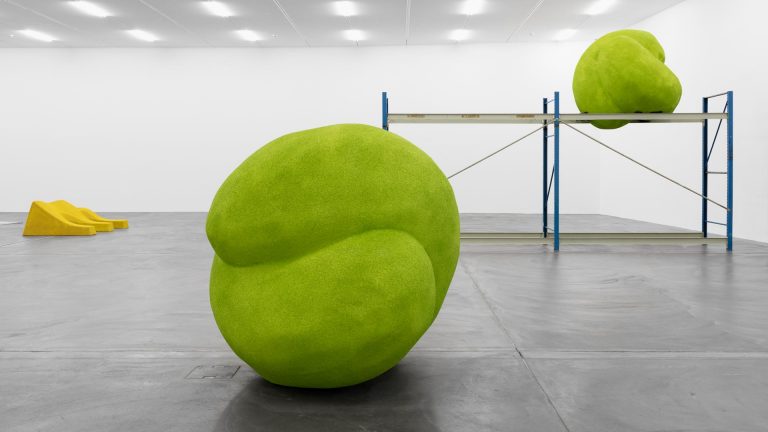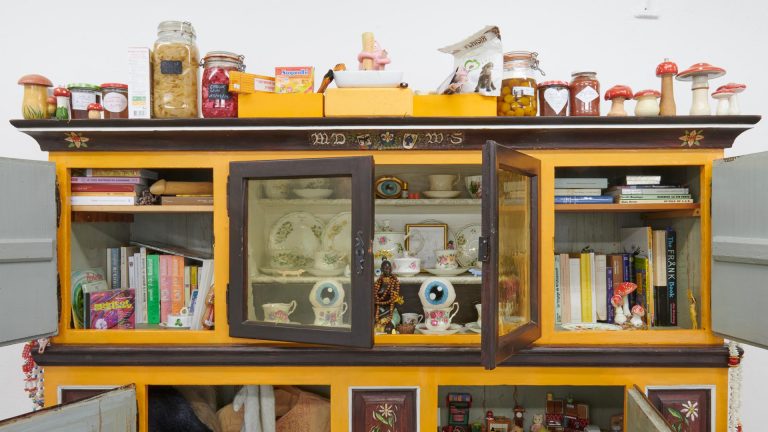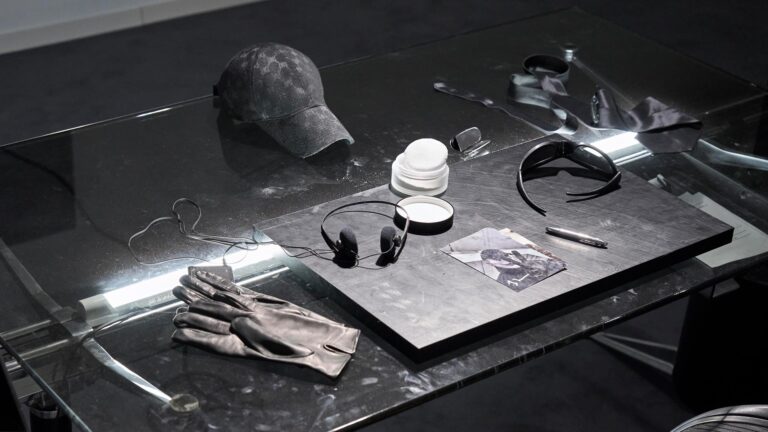Artists: Diego Felix de Atucha Elsesser, Leonardo Bürgi Tenorio, Veronica Casellas Jimenez, Sofia Durrieu, Patricio Gil Flood, Vicente Lesser, Lisa Lurati, Ramiro Oller, Gina Proenza, Jorge Raka, Sergio Rojas Chaves, Paulo Wirz
Exhibition title: From where do you look at the sun?
Curated by: Adriana Domínguez
Organized by: Helvetropicos
Venue: CAN Centre d’Art Neuchâtel, Neuchâtel, Switzerland
Date: September 17 – November 5, 2023
Photography: Sebastian Verdon / all images copyright and courtesy of the artist and CAN Centre d’art Neuchâtel
¿Desde dónde miras el sol? is the first collective exhibition organised by Helvetropicos, a platform created in 2022 to activate the exchange between artists living in Switzerland who share a genealogy of affection1 with Latin America1, and at the same time, to enhance the collaboration among art spaces, platforms and artists located in different Cantons. With their initiative, Helvetropicos set in motion a process of reflection and collaboration between 12 artists, a curator and the team of CAN— who generously opened its doors to the first public event of the collective.
The exhibition is based on a simple idea: “asking each artist to close their eyes and direct their imagination towards their own west, thinking of other possible ways of knowledge, evoking without specific location”. At first glance, it would seem that ¿Desde dónde miras el sol? is an exhibition that asks that we orient ourselves. If we are to answer the question in the title, we would have to identify a center, position ourselves, and from there, look at the sun. We would have to know where we stand, and which direction we are facing towards. Except that it doesn’t. This exhibition is in fact the opposite: a proposal for disorientation and re-orientation.
The first element of disorientation, because of the context we find ourselves in, is the emphasis on the relation with Latin America: exhibitions of this kind do not take place often in Switzerland. Even more disorienting, is the fact that the exhibition is not about Latin America (a highly questioned name, by the way) or about “Latin American Art”, because such a thing does not exist. What exists is a group of people who carry two or more cultural identities in their bodies, who share languages, affections and cultural codes associated with Latin America, and who choose to address in their works—or not— aspects of their personal histories or topics related to that particular territory. As artist Pablo Helguera said, “nationality is not a content”.
Interested in diverse and for the most part unrelated topics, each artist looks at the sun from a different position. However, regardless of where they stand, or if they look at two suns instead of one, no one can escape the fact that the sun sets on the west. Cardinal points have a re-orienting effect, and yet, they can also be rather disorienting. Specially when we think about the division of the world in “East and West”. If Europe is The West and Asia is The East, the rest of the world is invisible, or doesn’t exist. This division is clearly outdated, but it still permeates our understanding of the world. And far from being the west, The West (which now includes all the rich countries in the world) is in fact the center.
As Sarah Ahmed explains in her book Queer Phenomenology, “orientations depend on taking points of view as given” (having a center). And if social and political relations are arranged spatially, as she argues, re-negotiating them requires disorientation. That is why the genealogy of affection with Latin America is important in this exhibition, because it points to a re-negotiation of the space. ¿Desde dónde miras el sol? proposes that we lose the center and instead, look at multiple centers. That we disorient and re-orient ourselves, but never in a straight line.
In order to do this, the exhibition is thought as a journey that goes from disorientation to re-orientation and back. Located in the area named “Desorientation” are the works related to disorientation. Looking or interacting with this group or works calls for displacement, whether because they demand that bodies move in ways which are not usual in a museum, or because they question who or what has the right to inhabit certain spaces (in nature or in society). These works address the construction of otherness, point to the existence of worlds beyond the physical world, look at familiar things from non-familiar angles, question notions such as “the exotic” and purposely mix or overlap categories in order to highlight paradoxes.
In parallel, the space named “Reorientation” contains the group of works that carry movements towards re-orientation. These works erase the margins between the so-called centers and peripheries. They inscribe new symbolisms to objects or mechanisms of our social and political everyday life such as furniture, construction materials or money. They challenge cultural stereotypes and even objects themselves. They make reference to rituals and to the collective, bringing forward ideas of how to interact socially and politically in different ways.
There is no right or wrong way to visit the exhibition, no clear beginning or end. The movement can go from disorientation to re-orientation or the other way around. Further, disorientation and re-orientation are not actions contained in themselves, so aspects of both are to be found in all the works. Visitors are encouraged to explore different journeys through the exhibition and decide for themselves which works have a more disorienting or re-orienting effect for them.
Changing directions, or deviating from the path, means not knowing where one will end up. And such is the intention of ¿Desde dónde miras el sol?: “risking departure from the straight and narrow [path] makes new futures possible2”. If we give up the idea of the center, all the deviations could point to new ways of inhabiting spaces together. After all, what brings the works and participants of this exhibition together is that we are all situated in this territory, in Switzerland. And this territory is as much a part of us, as we are a part of it.
–Adriana Domínguez
From where do you look at the sun?, 2023, exhibition view, CAN Centre d’Art Neuchâtel
From where do you look at the sun?, 2023, exhibition view, CAN Centre d’Art Neuchâtel
From where do you look at the sun?, 2023, exhibition view, CAN Centre d’Art Neuchâtel
Lisa Lurati, owl’s eyes, stage for the night, 2023
Lisa Lurati, owl’s eyes, stage for the night (detail), 2023
Leonardo Bürgi Tenorio, mirando el reflejo de nuestra sombra (el lago), 2023
Leonardo Bürgi Tenorio, mirando el reflejo de nuestra sombra (el lago), 2023
Leonardo Bürgi Tenorio, mirando el reflejo de nuestra sombra (el lago), 2023
Gina Proenza, After the revolution, who’s gonna pick up the garbage?
Gina Proenza, After the revolution, who’s gonna pick up the garbage?
Gina Proenza, After the revolution, who’s gonna pick up the garbage?
Sofia Durrieu, Mise-en-abyme, 2022
Sofia Durrieu, Mise-en-abyme, 2022
Ramiro Oller, Skinny angel of dead tongues, 2023
Ramiro Oller, Almost II, 2023
Sergio Rojas Chaves, Has anyone tried this?, 2023
Sergio Rojas Chaves, Has anyone tried this?, 2023
Sergio Rojas Chaves, Has anyone tried this?, 2023
From where do you look at the sun?, 2023, exhibition view, CAN Centre d’Art Neuchâtel
From where do you look at the sun?, 2023, exhibition view, CAN Centre d’Art Neuchâtel
Patricio Gil Flood, Sistema mundo, 2023
From where do you look at the sun?, 2023, exhibition view, CAN Centre d’Art Neuchâtel
Veronica Casellas Jimenez, Non-ordinary states of reality, 2023
Veronica Casellas Jimenez, Non-ordinary states of reality, 2023
From where do you look at the sun?, 2023, exhibition view, CAN Centre d’Art Neuchâtel
Jorge Raka, Robert Smithson’s Periphery, 2023
Vicente Lesser, (El diablo va a la pega para esconderse en los escombros del presente), 2023
Vicente Lesser, (El diablo va a la pega para esconderse en los escombros del presente), 2023
Diego Felix de Atucha Elsesser, Me Gusta acá, 2021-2023
Diego Felix de Atucha Elsesser, Me Gusta acá, 2021-2023
From where do you look at the sun?, 2023, exhibition view, CAN Centre d’Art Neuchâtel
Paulo Wirz, Embarcação, 2023

